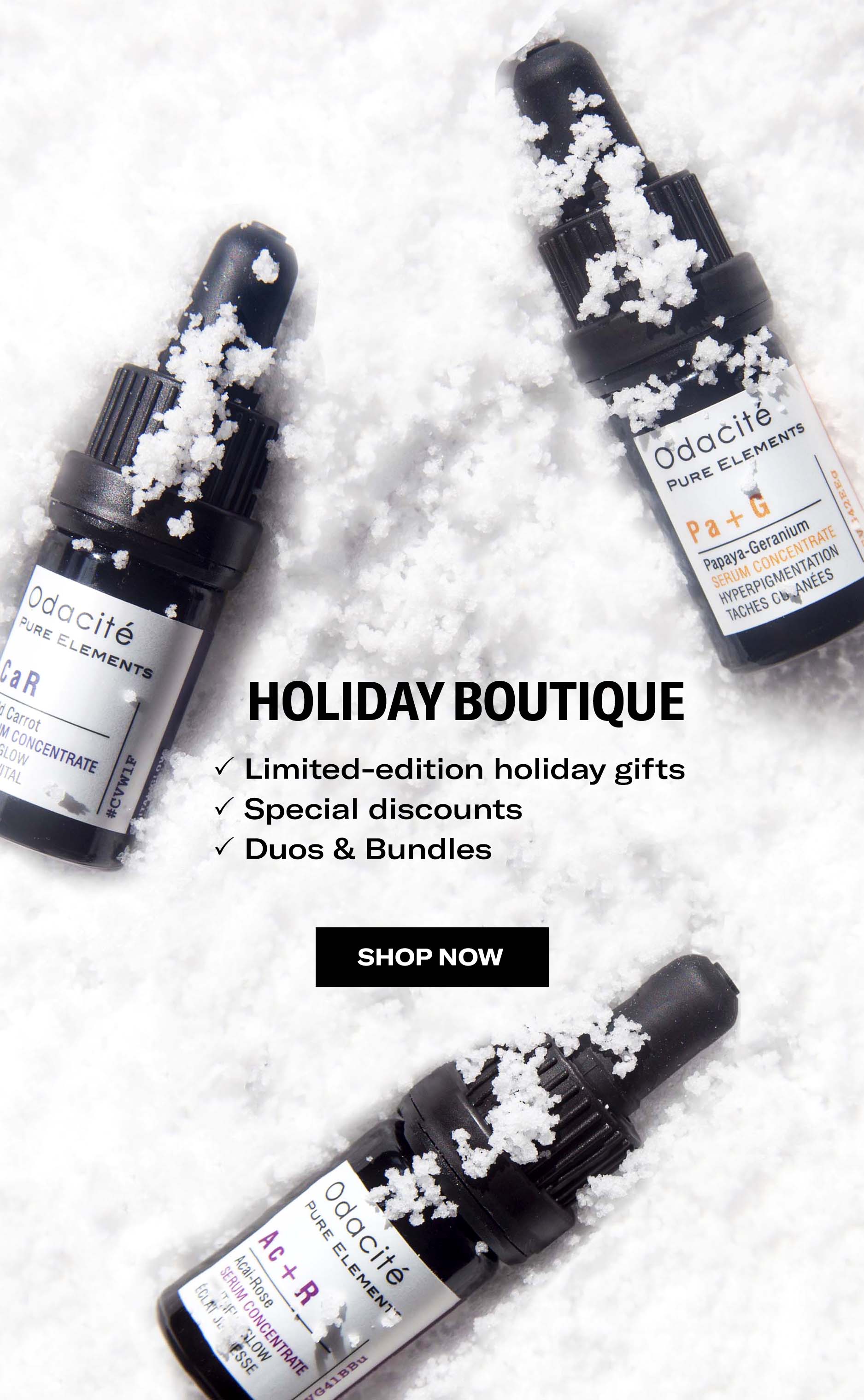Facial oils have been steadily rising in popularity over the past few years - and it’s easy to see why. Plant oils are packed with vitamins and nutrients that do wonders for your skin as they deeply moisturize and lock in hydration.
But for those of us plagued with perpetually oily, acne-prone, or even combination skin types, face oils can sound like the worst thing for our excessive dewy complexions. It seems completely counterintuitive to ADD oil to skin that produces too much of it. Plus, we’ve been told for years (decades?!) by traditional skincare marketing that oil-prone skin needs to be harshly stripped with drying products and only hydrated with “oil-free” products.
Well, we’re here to debunk this common skin myth!
Solve Oily/Combo Skin & Breakouts With Face Oils
Here’s the truth: Face oils can actually do WONDERS for oily, combination, and acne-prone visages. Myth busted!
Using the RIGHT face oil for your skin type can actually help to:
- Balance skin’s sebum (oil)
- Reduce shininess
- Unclog & reduce appearance of pores
- Prevent breakouts
Face Oil Myths Debunked
Myth #1: Only dry & mature skin needs oil
Nope! All skin types need oil to function at their peak (and look their best!). It’s a vital part of your skin’s barrier, which is comprised mainly of lipids (a.k.a. oils!)
Our skin naturally produces sebum for two reasons: 1) create a two-way barrier, preventing the skin from losing or receiving too much water, and 2) provide immunity and keeping the skin healthy. Skin’s health is a main factor in its appearance, so you should always prioritize keeping it healthy!
Myth 2: All oils are created equal
This is one of the most important factors when it comes to choosing oil for oily skin. Some oils, such as unfractionated coconut, shea butter, or cocoa butter are too occlusive for oily skin or can be comedogenic (clog pores).
However, some botanical oils are perfectly suited for shinier skin - such as Jojoba and Lavender oils, which help dissolve extra sebum and minimize the appearance of large pores.
Oils high in linoleic acids are also fabulous choices for acne-prone types, which are predisposed to contain less linoleic acid of their own. Linoleic-rich grapeseed, for example, is shown to work wonders on breakouts.
Myth #3: The best way to combat excess oil is to totally remove it
Many think that to combat oily skin, we need to use harsh products to get rid of excess shine. This is not the case! Stripping the skin actually kicks your sebaceous glands into overdrive and causes the skin to produce more oil to compensate for the over-drying effect.
Instead, replenish your skin with a breakout-busting oil that will moisturize, so that your oil glands can give it a rest.
Myth #4: Oils are only good for hydrating
Oils can actually help with acne-causing bacteria and clogged pores while nourishing your delicate skin. Ingredients like Black Cumin, Grapeseed and Tea Tree oils possess some antibacterial and anti-inflammatory properties which help mitigate acne-causing bacteria and reduce the appearance of red, angry breakouts.
Why Use Oils On Your Face?
Oil based products have the ability to penetrate deeper into the skin layers. Because your skin’s barrier is also made of lipids, face oils provide nutrients like Vitamin A, C, E, essential fatty acids, and antioxidants to transform & protect the resilient lipid barrier. This supportive layer is responsible for maintaining hydration, firmness, and integrity of the skin.
In general, oils are super moisturizing & reparative. When mixed with your daily moisturizers, they deeply nourish your skin and promote a fresh, healthy-looking complexion.

